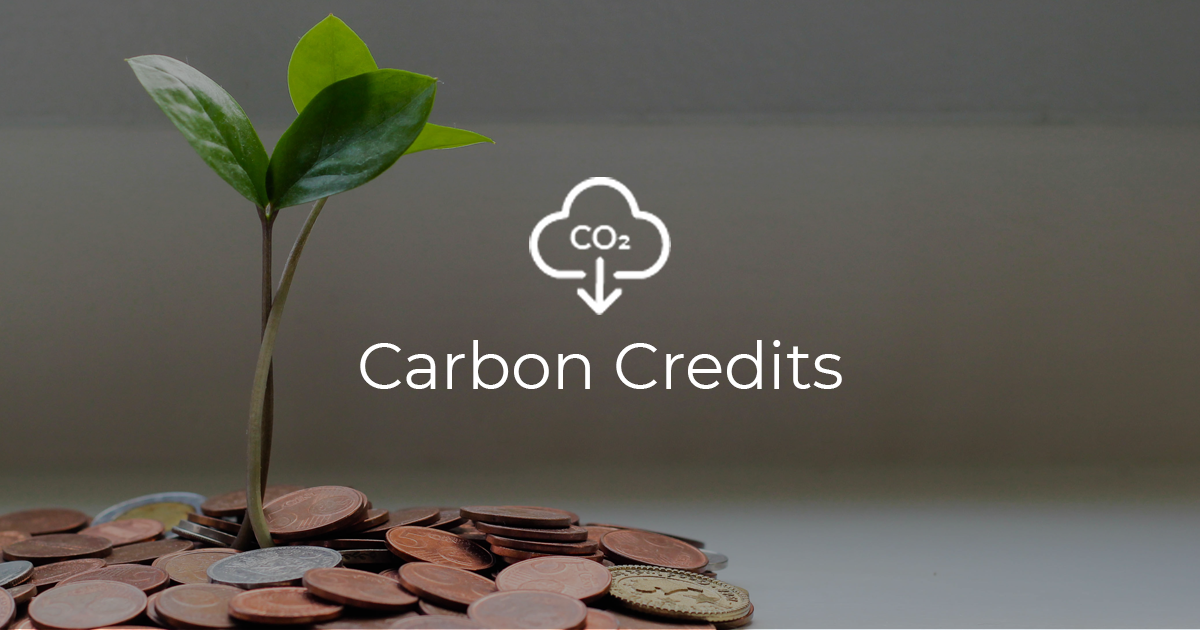Carbon removal
How it works
Carbon removal works by capturing and storing carbon dioxide from the atmosphere, effectively reducing the amount of greenhouse gases in the atmosphere and mitigating their impact on the climate. Biochar can be used as a tool in carbon removal by sequestering the carbon contained in organic matter through its production process and preserving it in the soil for a long period of time. By using sustainable agricultural waste as the feedstock for biochar production, carbon removal can also have positive impacts on soil health and crop productivity.


Carbon credits
Carbon credits with biochar refer to a system where companies, organizations, or individuals can earn credits by reducing their carbon emissions and storing the carbon in the form of biochar. This can be achieved through the use of biochar in agriculture, for example, which has the ability to sequester carbon in soil for a long period of time, thus reducing the amount of atmospheric carbon dioxide. These credits can then be traded on carbon markets, allowing companies and organizations to offset their carbon emissions and meet carbon reduction targets set by governments or industry organizations.
Long-term removal
Biochar is a promising solution for long-term carbon removal from the atmosphere, as it guarantees carbon removal for hundreds of years once applied to soil. Unlike many other natural removal methods, biochar is less prone to reversal, such as through wildfires or deforestation. Currently, biochar is one of the few and most mature solutions available for large-scale implementation, thanks to its existing technology and strong scientific support.
Highest level of certification
Several carbon standards have developed specific methodologies to measure the carbon removal effect of biochar. These methodologies are based on the extensive research and experience gained from thousands of scientific publications, including the recent IPCC report from 2019. NetZero's first project in Cameroon received certification from the Puro Standard, the leading certification standard for biochar projects, in 2022. NetZero has gone above and beyond the requirements set by the standard, taking a cautious approach when calculating emissions from the manufacturing process, transportation emissions, energy consumption, and the type of biomass used. The certification process ensures that : - The feedstock is sourced in a sustainable manner; - The reactor's heat is powered by the syngas produced during the production process; - The biochar is only used for agricultural purposes; - Only the long-lasting carbon component (with a lifetime of 100+ years) is accounted for.
Carbon avoidance/removal
Carbon avoidance refers to the reduction of greenhouse gas emissions through changes in human behavior and actions, such as reducing energy consumption or switching to renewable energy sources. Carbon removal, on the other hand, involves removing carbon dioxide (CO2) from the atmosphere and sequestering it in long-term storage, such as underground reservoirs or in vegetation through reforestation. Biochar is a form of carbon removal, where organic matter is carbonized and added to soil as an amendment, resulting in the permanent sequestration of carbon in the soil.
Learn more about our social impact